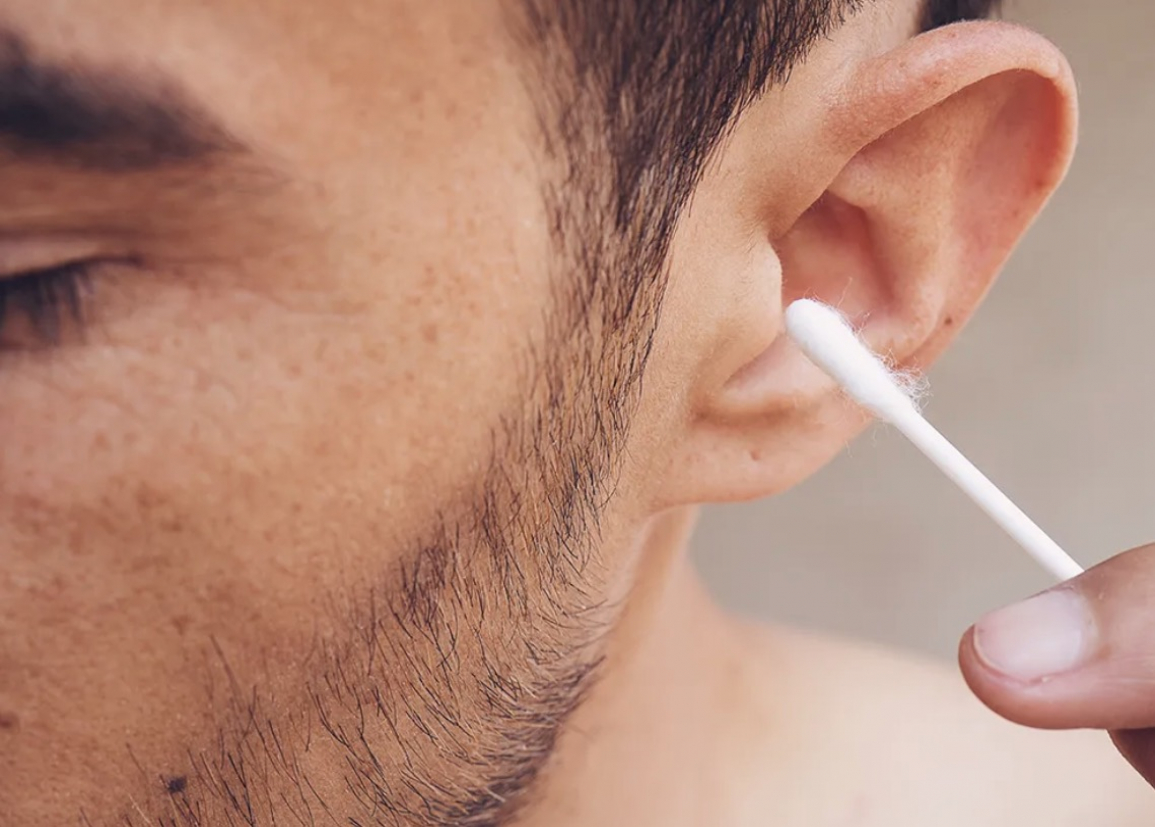Tvidler Audiologist - The Hidden Facts
Home
Tvidler Audiologist - As Yet Not Known Facts
Tvidler AudiologistThis type of device keeps contaminants out of the inner ear. We know that earwax results from oily secretion in the earwax hairs. Tvidler offers ringing multiple functions that keep your ears in optimal, normal, or even regular condition. This gadget has no known side effects or limitations.
Tvidler Cleaner Ear - What You Need To Understand

Tvidler Deals - Strange Report Reveals The Inaccurate Techniques
Cotton swabs may seem cheaper at first, but you cotton buds continue to buy them. It is not reusable, it can't be shared, and it also leads to environmental pollution. Here's an example of Tvidler compared to other popular tools.
Real Customer Reviews Of Tvidler
Tvidler AudiologistThis tool, which looks like a drill may seem promising, but it's important to remember that ear canals can't be a straight purchase line. The American Academy of Otolaryngology - Head and Neck Surgery Foundation states that "physical removal of earwax should only ever be done by a healthcare provider." There's the Axel Glade Spade--a tiny spade equipped with a camera that allows users to watch via an app on their phone as they scoop the wax from the ear canal.
Tvidler Device Review
Microsuction is the use of a vacuum fda-approved research probe to extract impacted cerumen. Microsuction is generally well tolerated and even preferred. What is the best course?
They push the earwax deeper into your ear canal, and closer to you eardrum. The American Academy of Otolaryngology--Head and Neck Surgery Foundation advises against irrigation for people who have had ear surgery or a hole in their eardrum. One study has shown that bulb irrigation systems are effective in at-home ear removal, but warns that they cannot be applied to young children.
Who Made Tvidler - The Reality Revealed
Tvidler AudiologistBack Forward
Trending Content:
Tvidler Us - The Once Missing Files Discovered
Tvidler Forum Review - The Just Released Files
But Tvidler Online - The Leaked Truth Found
Tvidler Video Deutsch - What You Do not Know About This Might Possibly Impact You
Tvidler Ear Cleaner Safe - The Rarely Talked About Truth Unmasked By An Old Professional